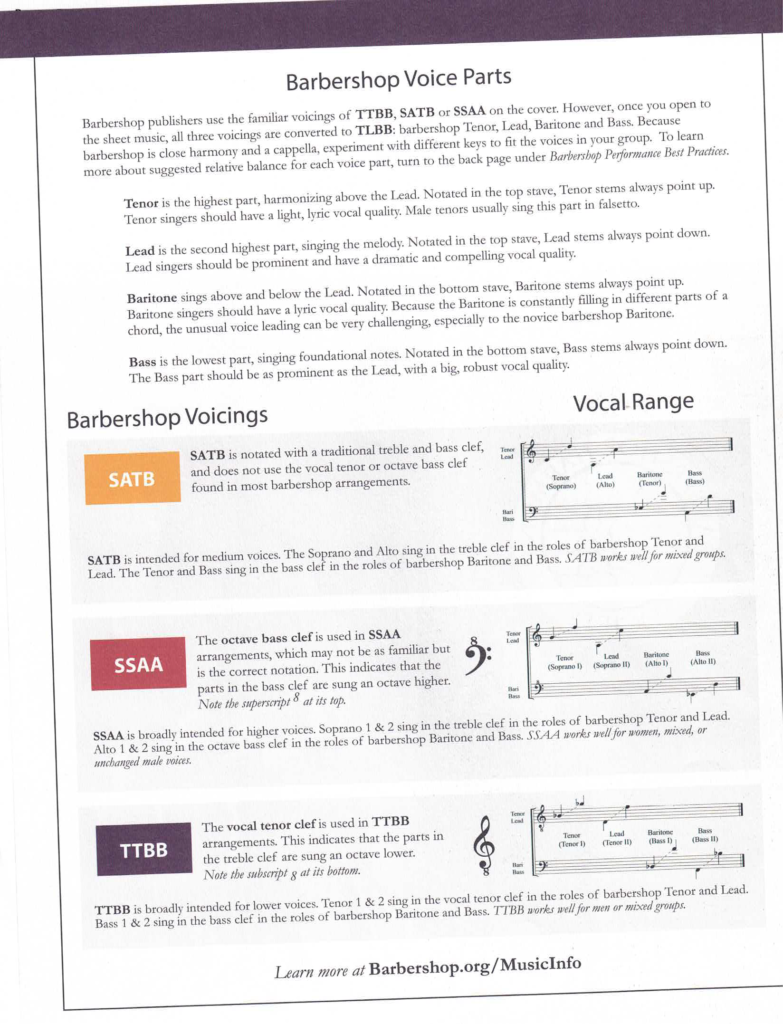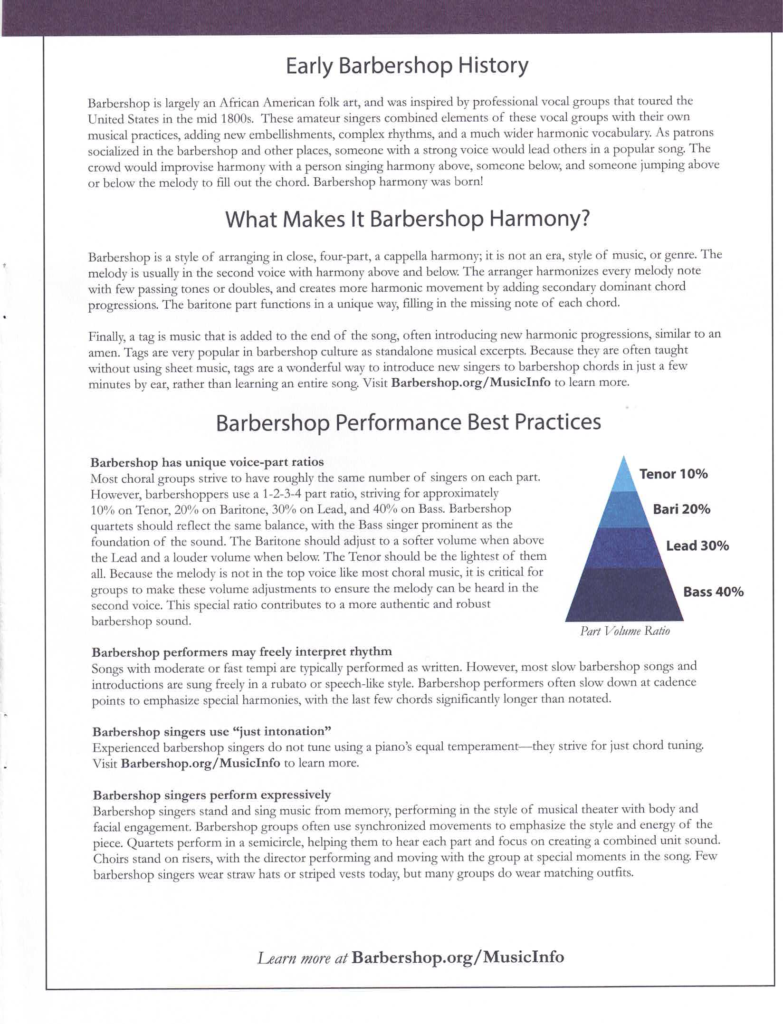




Antonin Dvorak (September 8, 1841 – May 1, 1904), a Czech composer, gained international attention for his compositions based upon the folk songs Moravia and his native Bohemia. At this time, composers in many countries were likewise developing national musical styles that used traditional themes as the foundation for music that could be uniquely identified with their own countries. This era in musical history has come to be labeled, “nationalism.”
In 1892, Dvorak was invited to move to the US to become the director of the National Conservatory of Music in New York City, a position he held until 1895. It was his belief, and that of his benefactors, that the United States was uniquely positioned to create a new musical style, and a nationally supported music and arts movement. The Conservatory was was open to men and women, of all ethnicities–quite unusual in that day and age.
As he traveled the US, recruiting students, he heard Native American music and African-American spirituals. He was quoted in a newspaper article as saying: “I am convinced that the future music of this country must be founded on what are called Negro melodies. These can be the foundation of a serious and original school of composition, to be developed in the United States. These beautiful and varied themes are the product of the soil. They are the folk songs of America and your composers must turn to them.” To Dvorak, these melodies and the Native American songs he heard both shared the same earthy qualities. In fact, both share a strong use of the pentatonic scale.
The Symphony No. 9 in E minor, “From the New World,” Op. 95, B. 178, popularly known as the “New World Symphony,” was composed in 1893. It is by far his most popular symphony, and one of the most popular of all symphonies. “Goin’ Home,” the melody quoted in “Sing Your Way Home,” is based upon the Largo melody in the 2nd movement. It is an original melody, not a traditional spiritual, as is sometimes believed. It was adapted into the spiritual-like song by one of Dvorak’s students. William Arms Fisher wrote the lyrics in 1922 to his teacher’s melody, and a new American traditional song was born.